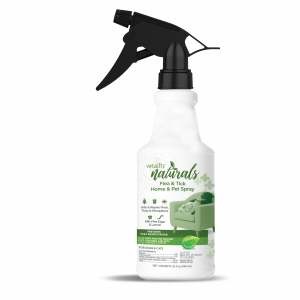Vetality
National K9 Veterans Day

By Shanna Stichler
March 13 is National K9 Veterans Day! This day has been set aside to honor our nation’s pack of military working dogs and other law enforcement K9s, including police and border patrol dogs.
Dogs have been serving alongside soldiers since around 600 B.C. The United States has used military dogs in an unofficial capacity since the Revolutionary War, but Military Working Dogs (MWDs) became an official part of the armed forces on March 13, 1942 with the advent of the War Dog Program, also known as the K9 Core. Currently, the US deploys more military dog teams than any other country. There are around 2500 dogs working in all branches of the armed forces, the Border Patrol, and any number of federal agen cies. Roughly 600 dogs are stationed around the world, particularly in the Middle East.
cies. Roughly 600 dogs are stationed around the world, particularly in the Middle East.
MWDs can work as detection dogs, where they help locate explosives and illegal drugs. They can track missing soldiers or find enemy combatants. Some dogs even learn to rappel from helicopters or parachute out of a plane with their handler. Many military dogs have been trained to protect their handler or help detain fugitives when commanded to do so.
The dogs chosen for this kind of work tend to have a lot of energy and a strong desire to have a job. They must have very solid nerve and a lot of toy drive because Kongs or other tough chew toys are the primary reward for a job well done. The most common breeds used by the military are German Shepherds, Belgian Malinois, and Labrador Retrievers. Although there is a breeding program for military dogs, the vast majority of dogs are purchased from large kennels in Europe. Only about 50% of all dogs in the War Dog Program complete training and get paired with a dog handler. The training program is quite demanding, so dogs get released from training because of either health or temperament reasons.
Dogs that make it through the training program are matched with a handler, who will be their partner for several years. MWDS are considered fellow soldiers. They get their own rank and can earn medals or other accolades along with their handler.
The typical working life of a military dog averages 8 or 9 years. When they retire from service, their handler has the option to adopt their partner as a pet. If the handler cannot adopt the dog, the military will place the dog in a carefully selected retirement home.
Military and law enforcement K9s perform an invaluable service wherever they are deployed. National K9 Veterans Day provides us all with a chance to thank these very special dogs, along with their handlers, for their service and sacrifice.
We Salute You!











